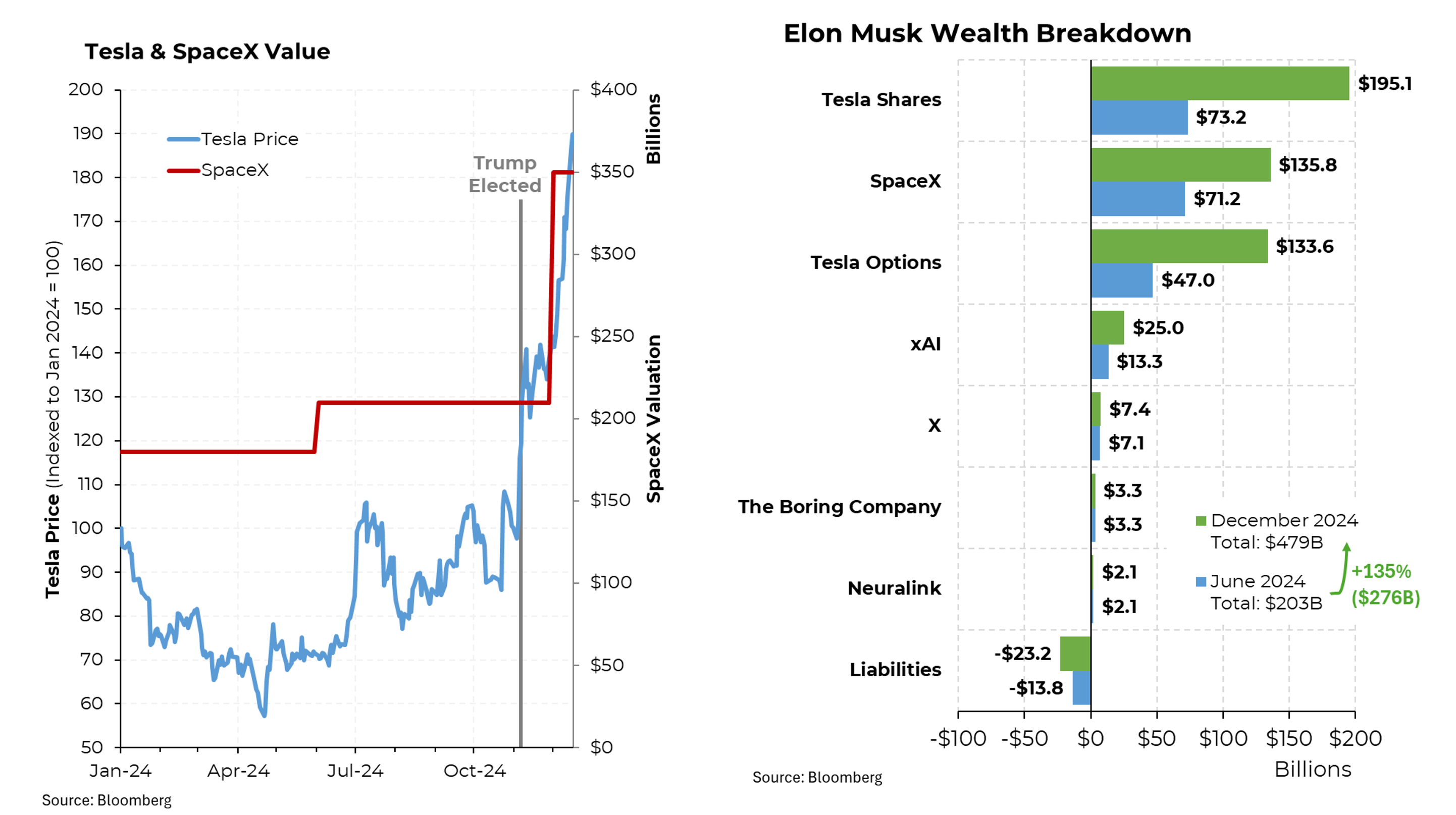Originally published in the New York Times
WITH little fanfare, a dangerous notion has taken hold in progressive policy circles: that the amount of money borrowed by the federal government from Americans to finance its mammoth deficits doesn’t matter.
Debt doesn’t matter? Really? That’s the most irresponsible fiscal notion since the tax-cutting mania brought on by the advent of supply-side economics. And it’s particularly problematic right now, as Congress resumes debating whether to extend the payroll-tax reduction or enact other stimulative measures.
Here’s the theory, in its most extreme configuration: To the extent that the government sells its debt to Americans (as opposed to foreigners), those obligations will disappear as aging folks who buy those Treasuries die off.
If that doesn’t seem to make much sense, don’t be puzzled — it doesn’t. Government borrowing is still debt that must eventually be paid off, just as we were taught in introductory economics.
Failing to repay the debt would mean not only the ugliness of default but also depriving the next generation of whatever savings their parents parked in government bonds.
And remember that just a small fraction of Treasuries are owned by individual Americans. Institutions and many foreign entities own the rest and are not about to give up claims that they are owed.
The more realistic alternative of continuing to service that debt offers the unattractive eventual prospect of either higher taxes or sharp cutbacks in government programs, or both.
That problem is greatly compounded by the fact that the $10 trillion of debt that is held by investors represents only a fraction of the federal government’s obligations and ignores an additional $46 trillion of commitments to Social Security and Medicare.
Of course every modern economy both tolerates and benefits from some amount of debt. But the United States has been on a binge, brought on by a toxic mix of spending increases and tax cuts that began with the Reagan tax cuts in the 1980s and were later turbocharged by those of President George W. Bush.
The figures are stark. In 1975, government debt per household was roughly equal to half of a typical household’s annual income. Today, it’s 1.7 times. Add entitlements, and the obligations would take a mind-boggling nine years of family income to pay off.
Even deficit hawks like me recognize that with the economy still barely above stall speed, now is hardly the moment for the government to slam on the fiscal brakes, debt or no debt.
So that means there’s no realistic alternative to more debt. But we can reduce the adverse consequences by how we spend this borrowed money. There are two main forms of stimulus: one kind is channeled through tax cuts and then mostly spent, just like a strapped family that puts its monthly expenses onto a credit card. Alternatively, government can direct its resources toward long-term investments that earn a return; think roads and dams but also medical research and education.
At the moment, gridlock grips Washington, and about all that Congress has offered is a two-month cut in the payroll tax, which may help shake the economy out of the doldrums but provides little lasting benefit.
We could just as effectively throw borrowed hundred-dollar bills out of airplanes. About the only worse approach would be nothing at all.
Government’s focus should shift toward investment. To do so, multiple challenges must be overcome.
First, unlike every company in America, the government doesn’t keep its books in a way that highlights these important two categories, investment and consumption. As a result, Congress can’t evaluate the long-term impact of its actions.
Second, the dark shadow of the Tea Party movement has made added spending — the route for most new government investment — taboo.
While public investment may take longer to unleash its positive forces, the case for it is compelling, in part because rising entitlement expenditures have crowded out government’s investment activities.
In the early 1950s, government devoted about 1.2 percent of gross domestic product to infrastructure; by 2010, that amount had fallen to just 0.2 percent. Meanwhile, federal spending on research and development dropped from a high of nearly 2 percent in 1964 to 0.9 percent in 2009.
By contrast, Franklin D. Roosevelt’s much-praised Works Progress Administration spent the equivalent of at least $1.5 trillion over eight years on projects that in New York City alone ranged from building La Guardia Airport to reroofing the New York Public Library to creating a lasting body of literary and artistic work.
I agree that short-term help for the economy combined with long-term deficit reduction is the right direction for budgetary policy.
But we also need to make every dollar of debt matter, and therefore we should be directing our efforts to lifting the economy toward programs that provide long-term benefit, not just a short-term burst of caffeinated energy.






